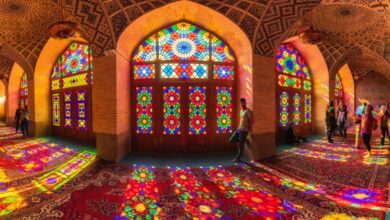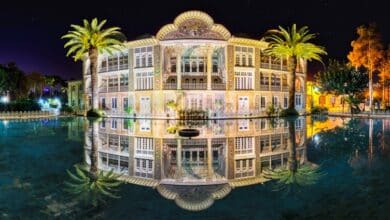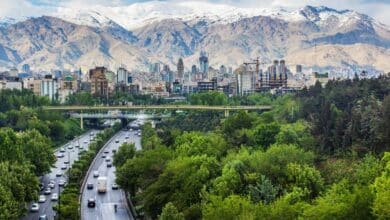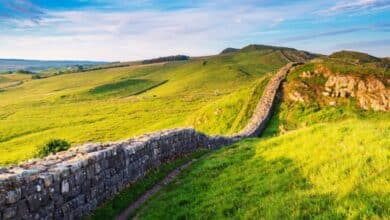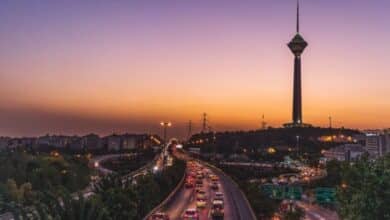Guide to Qeshm Hara Forest: History, Access, and Wonders
How to Reach Qeshm’s Tidal Mangroves
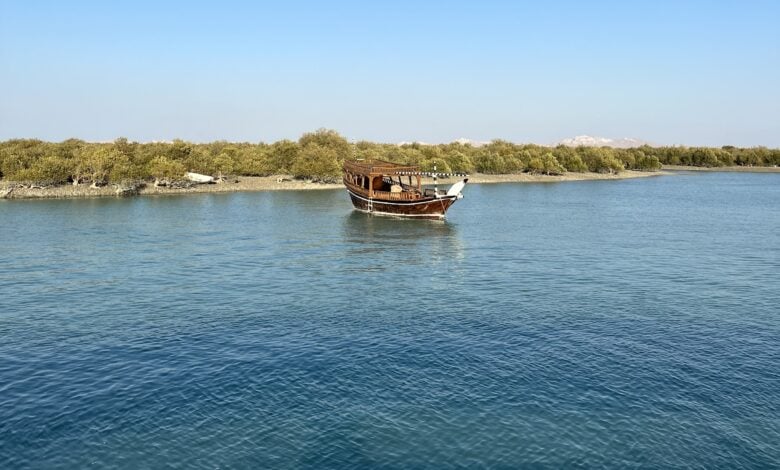
Qeshm, Iran’s “Island of Seven Wonders,” boasts breathtaking natural gems, from the Stars Valley to Chahkooh Canyon. Among these, the Hara Forest—known as Qeshm’s “Green Gold”—stands out as a mesmerizing ecosystem where trees thrive in saltwater.
This UNESCO Biosphere Reserve, teeming with migratory birds, marine life, and unique flora, offers a surreal experience. Whether you’re drawn to boat tours or birdwatching, this guide covers the Qeshm Hara Forest history, access routes, and highlights. Book your trip with OrientTrips to explore Qeshm effortlessly.
Contents
Where Is Qeshm’s Hara Forest?
The Hara Forest ranks among Qeshm’s top attractions, famed for its trees rooted in seawater—a rare natural spectacle. Unlike typical forests, its mangroves vanish under tides, reappearing as waters recede, creating a magical scene. Located northwest of Qeshm along the Persian Gulf, it’s a must-visit for nature lovers.
Address: Hormozgan Province, Qeshm Island, New Gurzin Town, Hara Forest, Qeshm.
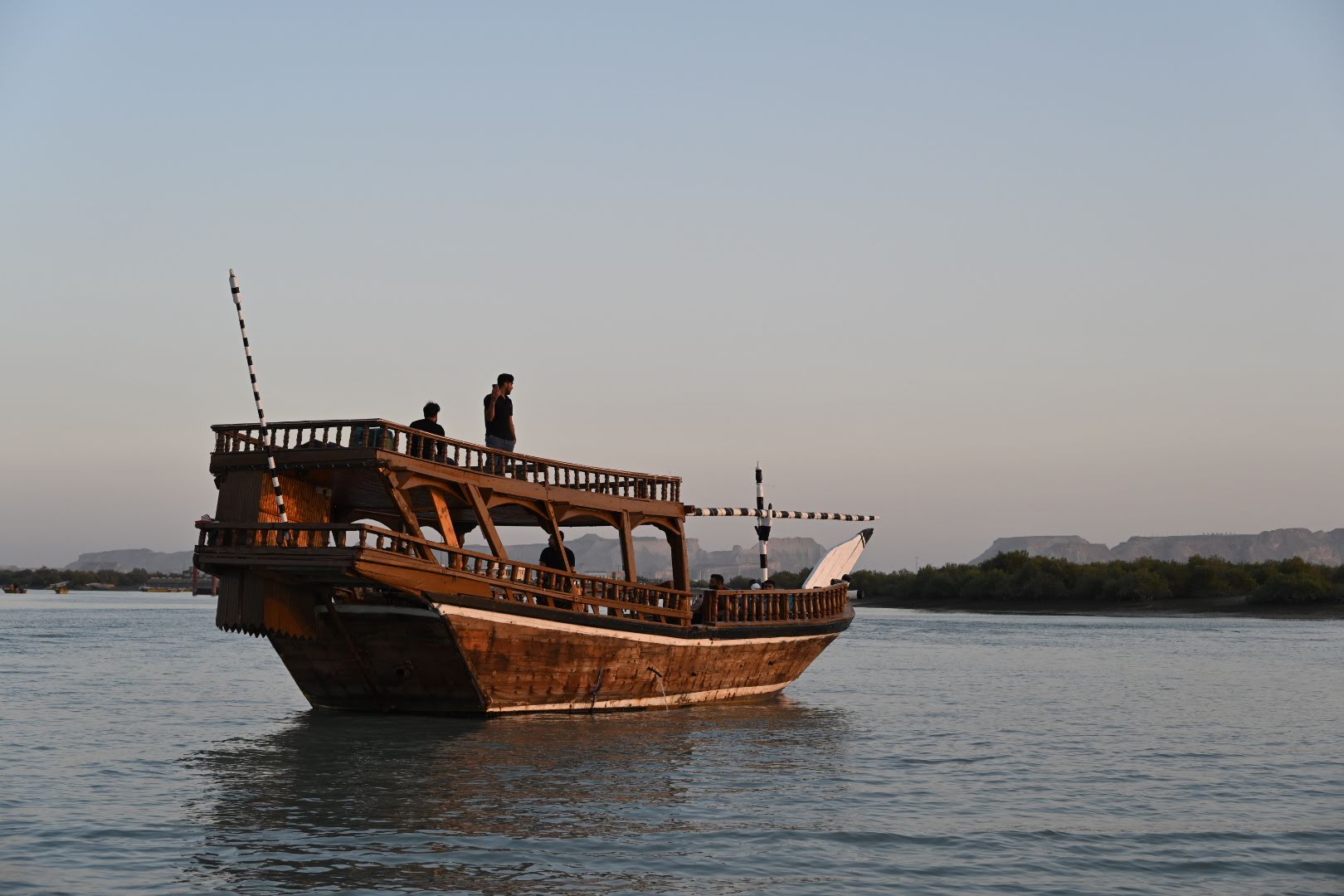
Geographical Location of Hara Forest
Spanning the island’s northwest coast, the Qeshm Hara Forest thrives in shallow, salty waters of the Persian Gulf. Its mangroves, adapted to harsh conditions, form a vital habitat. Key access points include the villages of Sohili and Tabl, where boat docks facilitate exploration. Covering 2,400 hectares, the forest lies 60 kilometers from Qeshm’s center, offering a serene escape.
How to Reach Hara Forest
Visiting requires a boat ride, as the forest is nestled in tidal waters. Here’s how to get there:
From Qeshm City Center
- Distance: ~30 km to Sohili village.
- Travel Time: ~45 minutes by car.
- Route:
- Drive along the Qeshm-Dargahan road.
- At the Tabl village junction, head toward Sohili.
- Follow signs to the Hara Forest boat dock.
- Tip: Rent a car or book a taxi via OrientTrips’ taxi service for convenience.
From Laft Port
- Distance: ~20 minutes by car from Laft to Sohili.
- Route: Take the road to Sohili village; signs guide you to the dock.
- Tip: Ideal for those arriving via Qeshm’s ferry.
Boat Journey to Hara Forest
- Access: Only by boat from docks near Sohili or Tabl.
- Cost: Affordable, varying by group size and tour length (1-2 hours).
- Experience: Local boatmen navigate narrow channels, showcasing mangroves and wildlife.
- Booking: Arrange at the dock or pre-book via OrientTrips’ experiences.
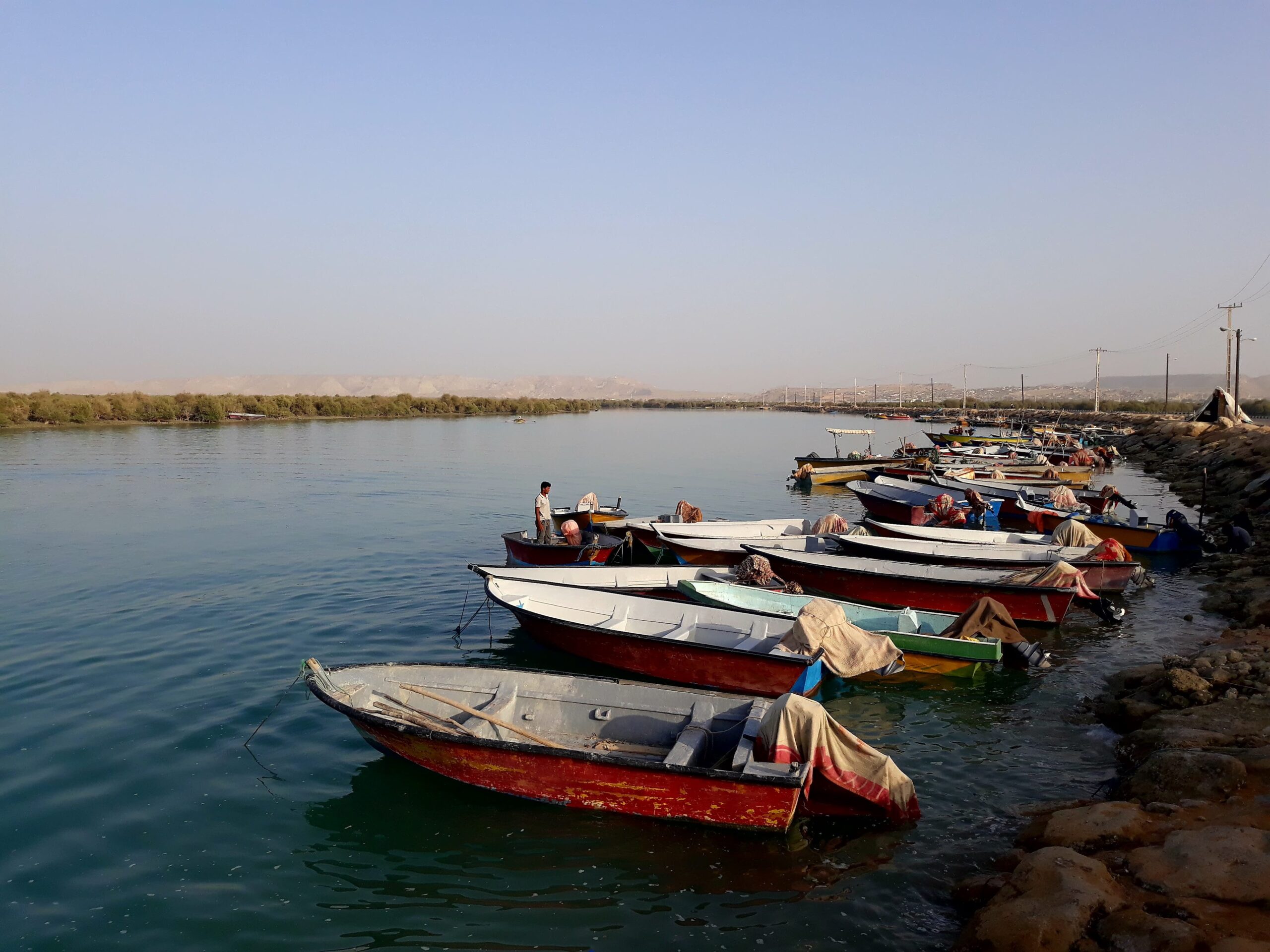
History of Qeshm’s Hara Forest
The Hara Forest gained protected status in 1972, covering 82,360 hectares. By 1975, it expanded to 85,686 hectares, earning National Park status. In 1977, UNESCO recognized it as a Biosphere Reserve, highlighting its global ecological value. Managed by Hormozgan’s Environmental Department, it safeguards diverse species.
Spanning 22,000 square kilometers across the Persian Gulf and Sea of Oman, the forest supports 80% of the Gulf’s marine spawning grounds, hosting birds like Indian herons, sharp-billed sandpipers, and gulls, plus fish, turtles, and sea snakes.
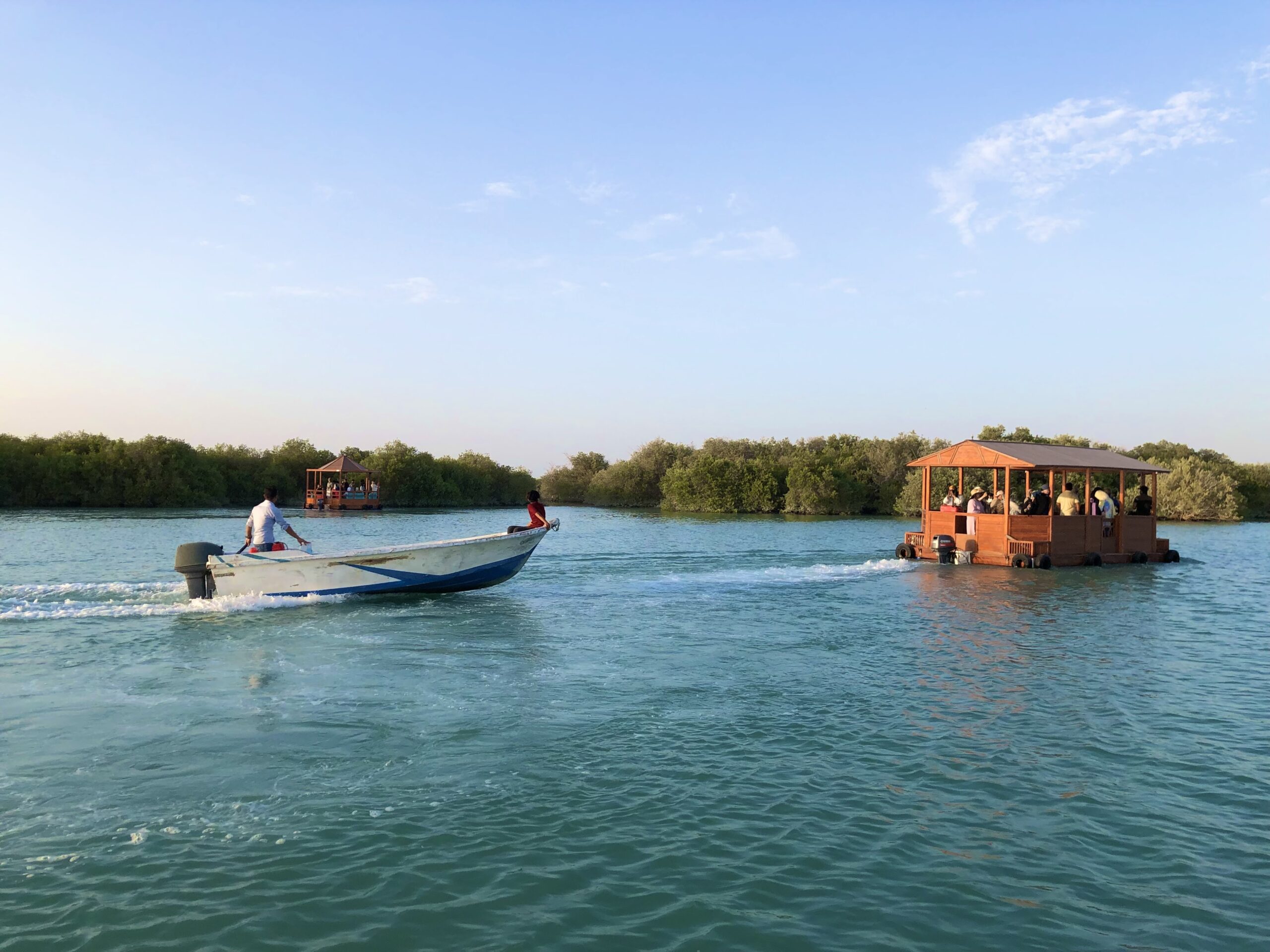
Exploring Hara Forest’s Features
Qeshm Hara Forest captivates with its unique mangroves, standing 3-6 meters tall in 1.5-meter-deep waters. Every six hours, tides submerge or reveal the trees, creating a dynamic landscape. During high tide, fish swarm, drawing anglers. At low tide, trees appear rooted in dry land, a surreal sight. Its 2,400 hectares, 60 kilometers from Qeshm’s core, make it a global rarity.
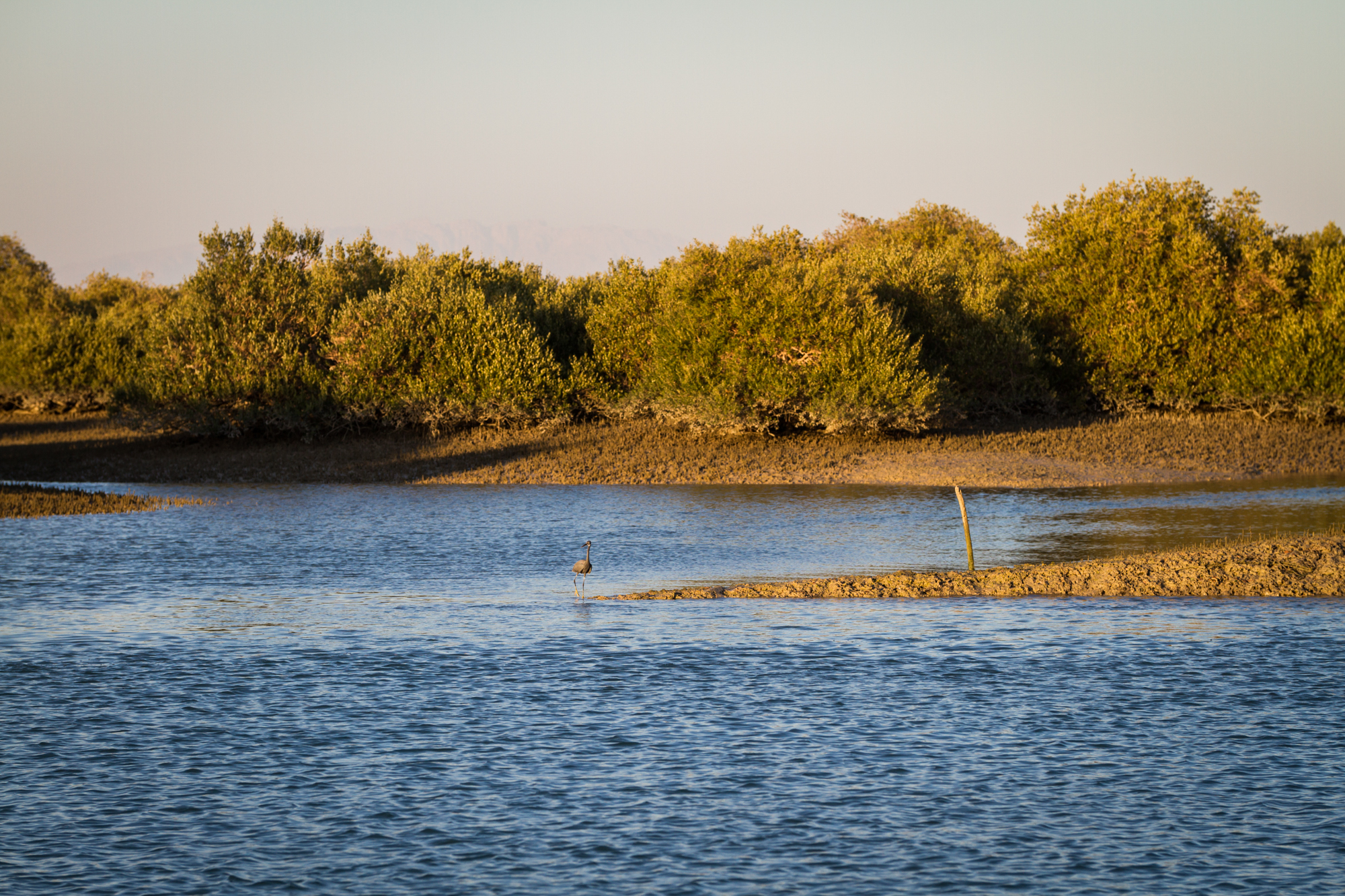
Fascinating Facts About Qeshm Hara Forest
- Tidal Dance: Trees are visible only 6-7 hours daily, submerging during high tide.
- Water Purification: Mangroves desalinate seawater, absorbing freshwater and expelling salt.
- Wildlife Haven: Leaves feed marine life and birds; the forest hosts crabs (like the “guitar crab”), mice, and eight raptor species.
- Cultural Roots: Named after Avicenna, the Persian scholar; legends tie mangroves to human tears or Indian imports near Laft.
- Blooming Beauty: Summer brings fragrant flowers; late summer yields “khark” or “kang” fruit.
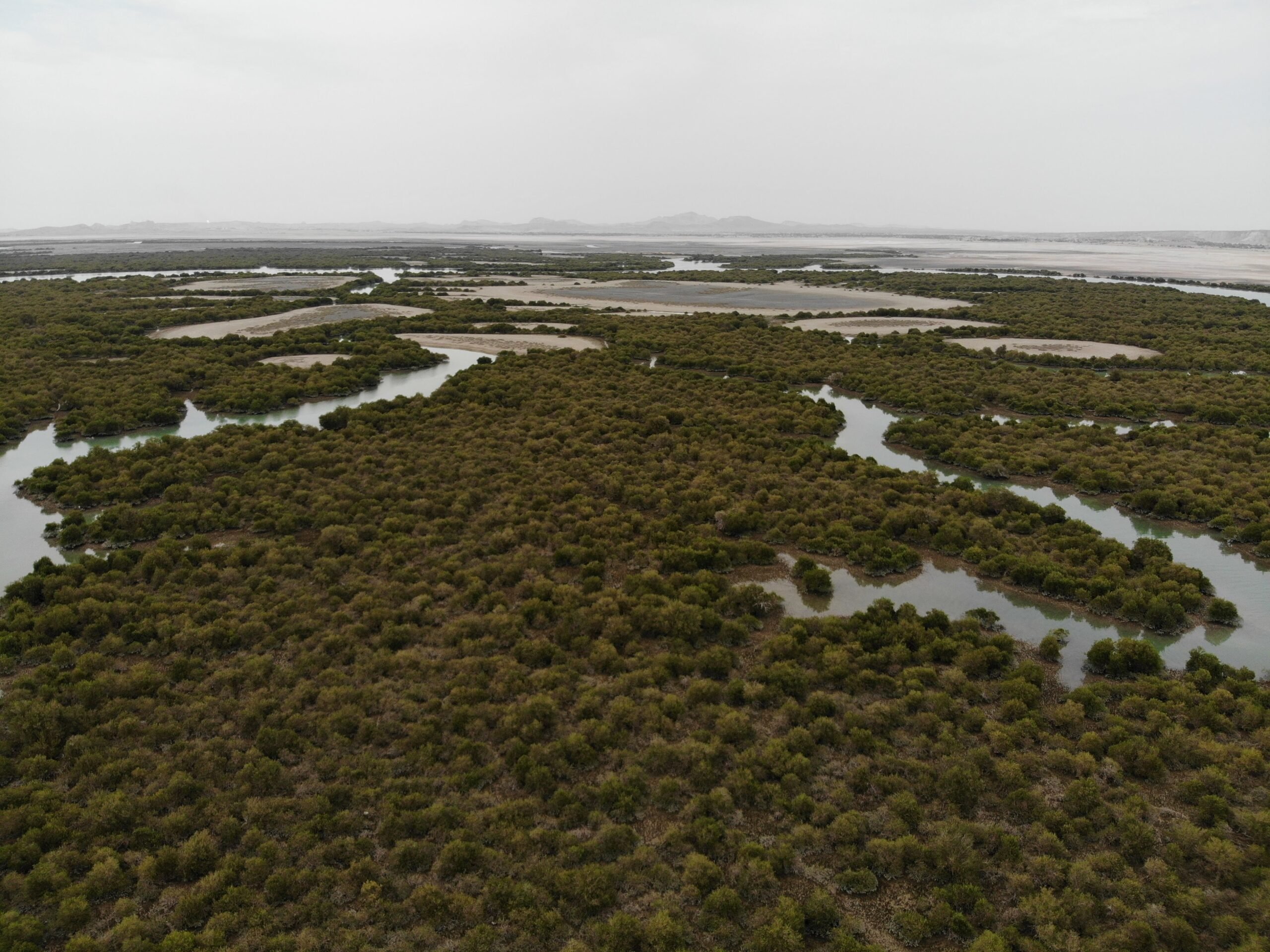
Uses of Qeshm Hara Forest Trees
Mangroves are versatile:
- Industry: Used for charcoal, paper pulp, timber, and livestock feed.
- Medicine: Sap treats skin ailments; leaves and fruits aid traditional remedies.
- Construction: Durable trunks once crafted Qeshm’s first drums; roots shield against storms.
- Folklore: Locals historically used flower paste for weight loss, blending it with salty water.
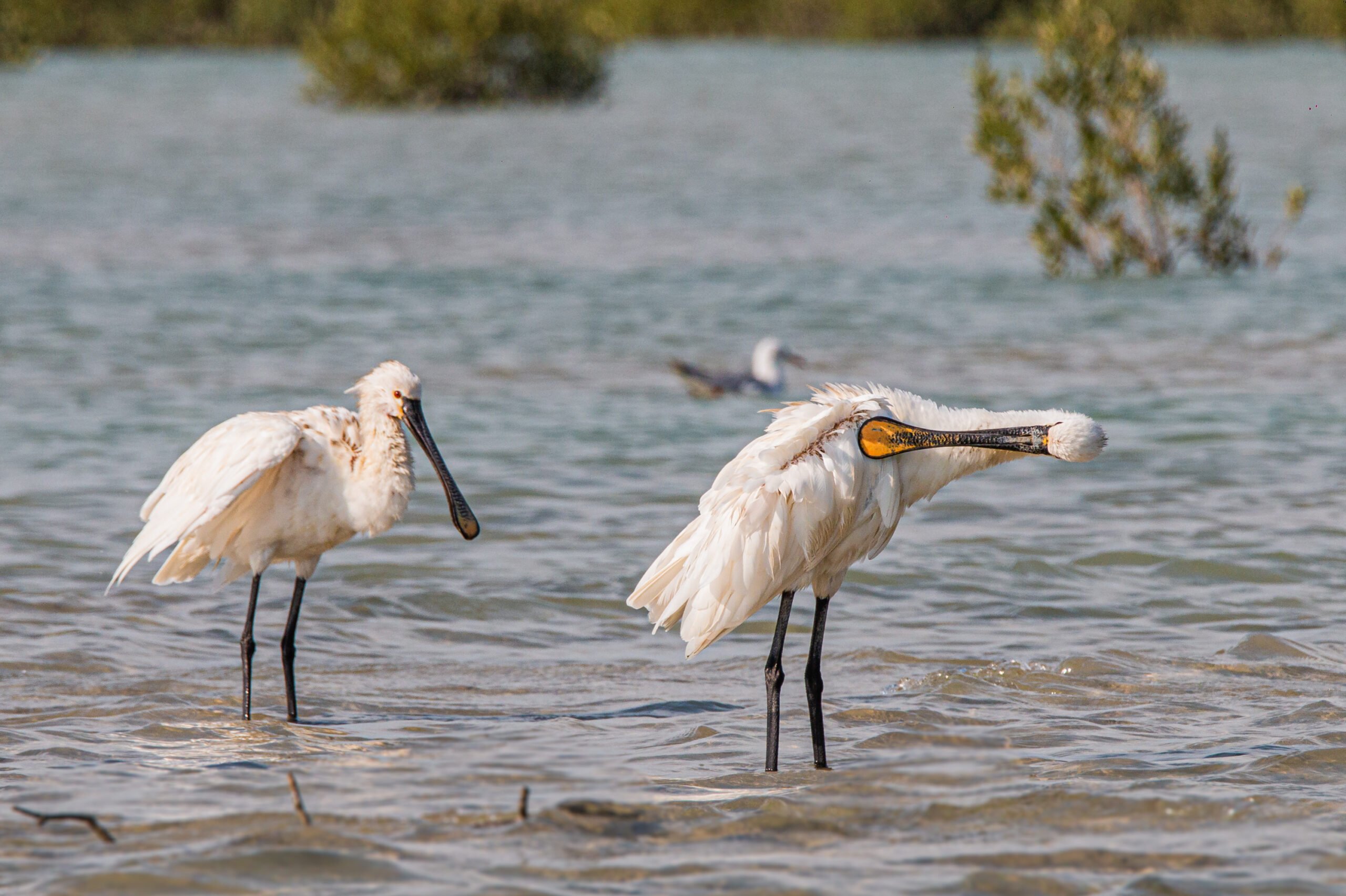
Best Time to Visit Hara Forest
Timing depends on your preferences:
- Spring to Summer (April-August): Hot and humid, but quieter with lower costs. Ideal for cultural immersion.
- Fall to Early Spring (September-March): Milder weather, perfect for boat tours and birdwatching. Winter (December-February) sees migratory birds.
- Avoid: Late spring to summer for heat-sensitive travelers; Nowruz (March-April) for crowds and higher prices.
- Note: Qeshm’s climate rarely cools significantly, so plan for warmth.
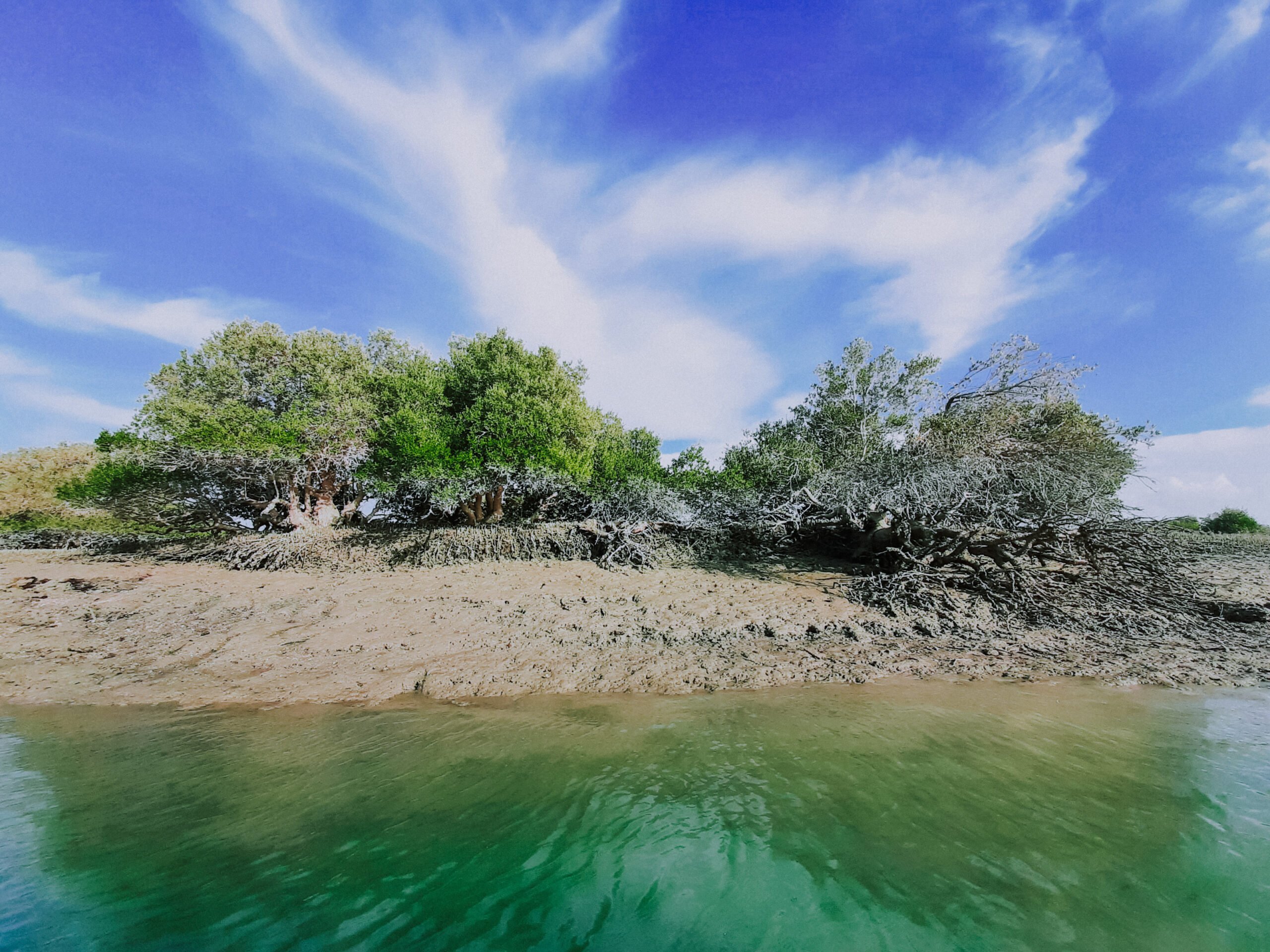
Visiting Conditions
- Access: Exclusively by boat; tours last 1-2 hours.
- Weather: Best from late fall to early spring (November-March) for cooler, pleasant conditions.
- Tides: Every 6 hours, tides shift. Skilled boatmen navigate safely, avoiding low-tide stranding.
- Hours: Typically 8 AM to 7 PM, tied to tidal schedules.
- Booking: Secure flights or tours via OrientTrips for reliability.
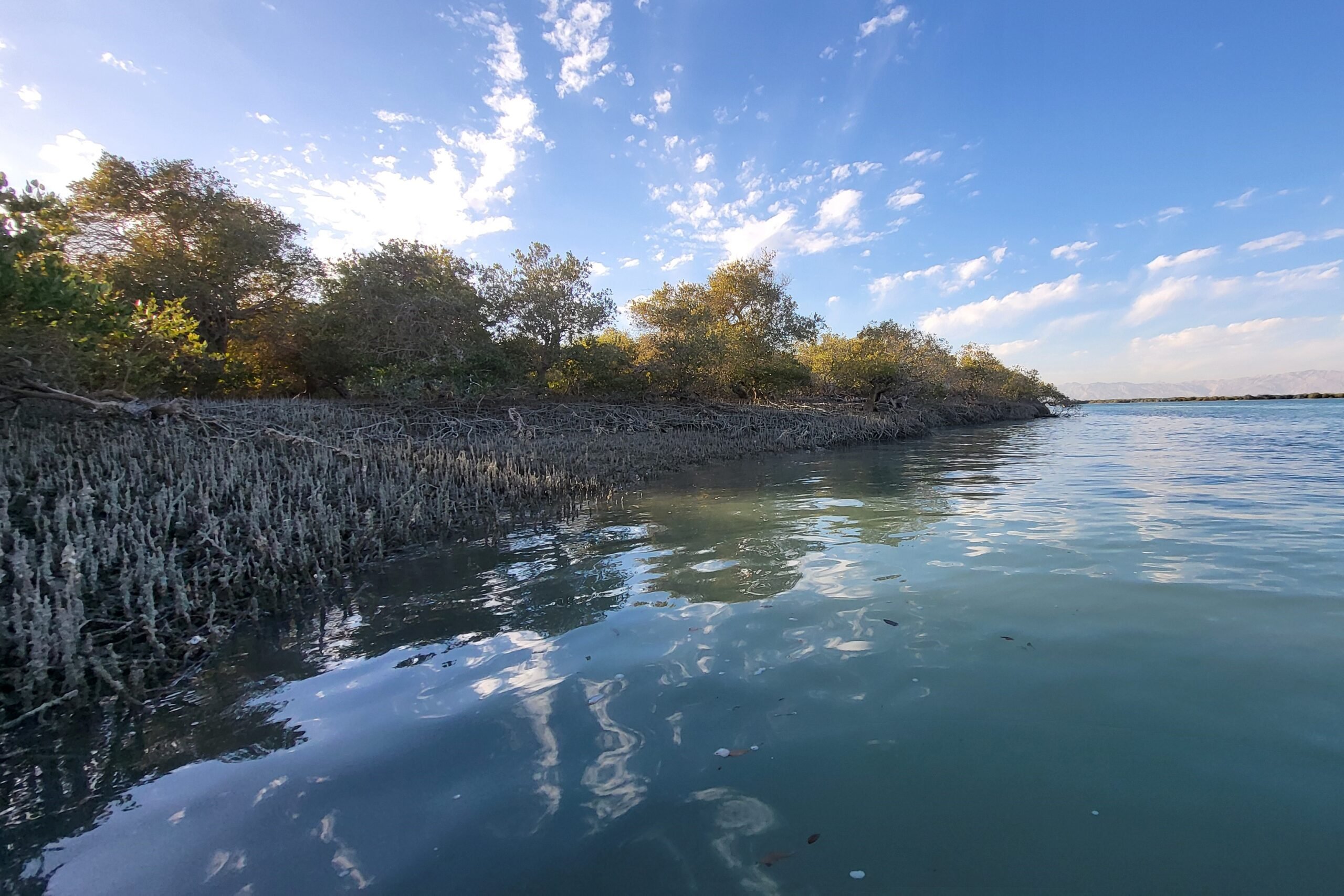
Nearby Attractions
Extend your adventure with these spots near Hara Forest:
- Qeshm Rooftop (7 km): Panoramic island views.
- Statues Valley (8 km): Sculpted rock formations.
- Chahkooh Canyon (26 km): Dramatic cliffs and gorges.
- Portuguese Castle (34 km): Historic coastal ruins.
- Laft Historic Cemetery (35 km): Ancient graves with cultural significance.
- Stars Valley (53 km): Star-shaped erosions under night skies.
Plan visits with OrientTrips’ tours.

Activities in Hara Forest
The forest offers diverse fun:
- Boating and Nature Tours: Glide through turquoise channels, surrounded by mangroves—a surreal escape.
- Birdwatching: Spot migratory birds like herons and gulls, especially December to February, in tranquil silence.
- Camel Riding by the Sea: A whimsical coastal ride, blending desert and ocean vibes.
- Photography: Capture tides, wildlife, and mangroves for unforgettable shots.
Lesser-Known Facts About Hara Forest
- Avicenna’s Legacy: Its scientific name honors the Persian polymath.
- Tidal Rhythm: Constant ebb and flow shape the forest’s daily life.
- Unique Wildlife: Home to “guitar crabs” with asymmetrical claws.
- Raptor Haven: Over eight hawk and eagle species soar above.
- Charcoal Power: Mangrove wood burns smokelessly, prized for fuel.
- Medicinal Fruit: Summer blooms yield healing “khark” fruit.
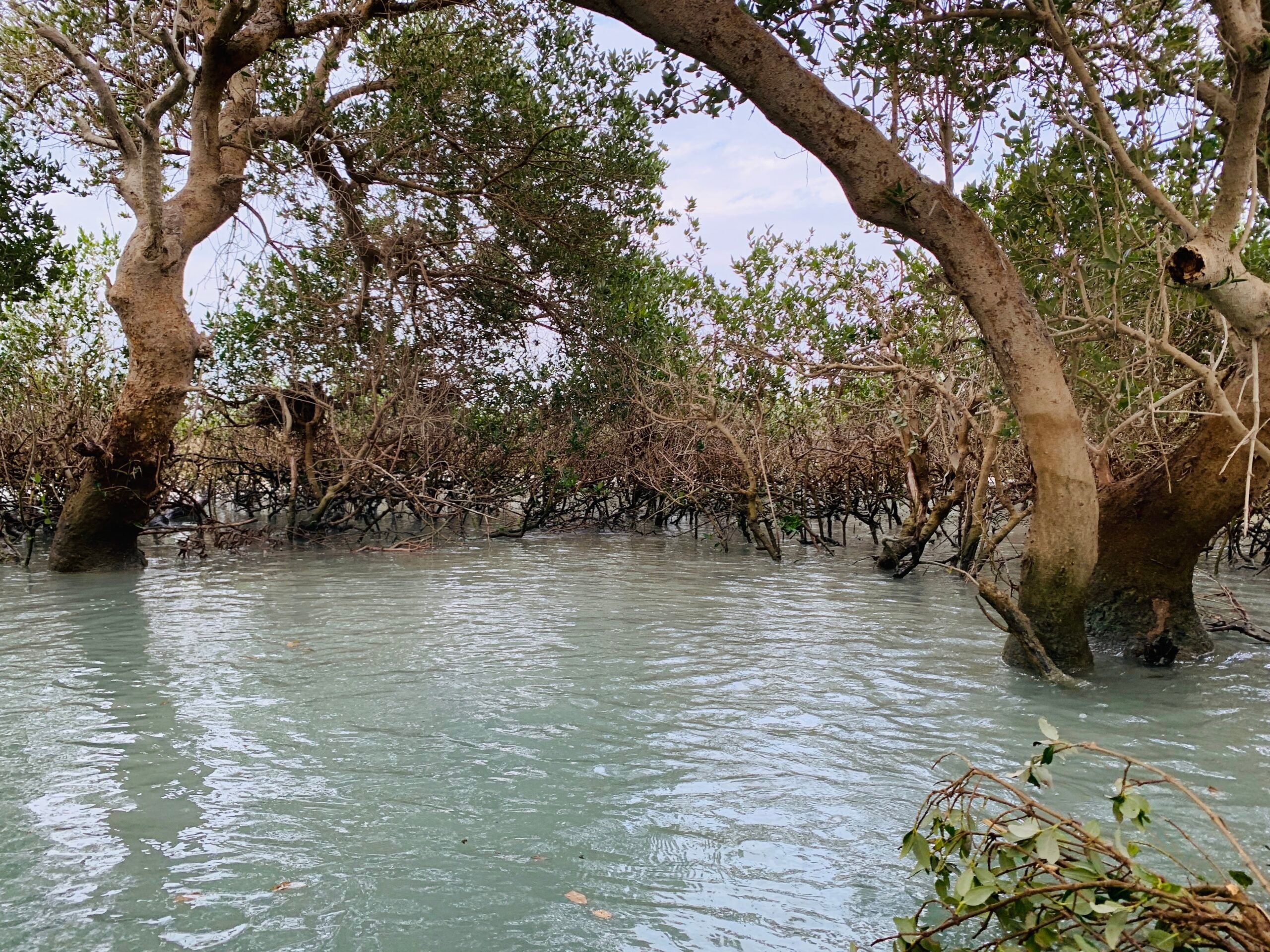
Visiting Hours
8 AM to 7 PM, adjusted for tides. Morning tours catch calmer waters; late afternoons offer sunset views. Confirm schedules with OrientTrips or local boatmen.
Final Thoughts
Qeshm’s Hara Forest is a natural marvel, blending tidal magic with vibrant wildlife. Qeshm Hara Forest and its mangroves, rooted in saltwater, create a world-class ecosystem, protected by UNESCO. From boat tours to camel rides, it’s a must-see for adventurers. Visit from fall to early spring to dodge heat, and book flights or hotels via OrientTrips for deals—first-time users, grab discounts at OrientTrips’ hotel page. Share your travel plans below and dive into Qeshm’s wonders!
